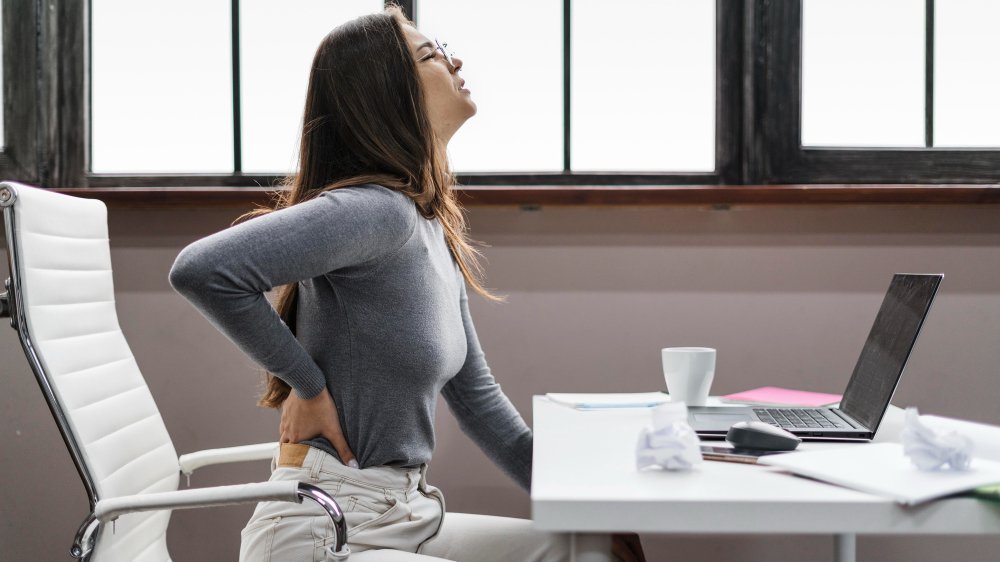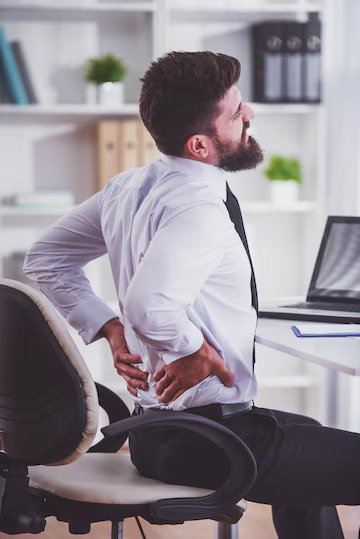Is Lower Back Pain Holding You Back?
If you are experiencing low back pain, you are not alone. The causes of lower back pain are many. They include anything from muscle strain and bad posture to certain illnesses. Be it a dull ache or a shooting pain, lower back pain can interfere with normal activities during the day, disrupt sleep, and lower one’s overall quality of life.

Understanding Lower Back Pain
Lower back pain can result from several factors:
- Strain: Overexertion or wrong lift can cause strain to muscles and ligaments of the lower back.
- Poor Posture: Improper positioning while sitting or standing can cause discomfort and pain.
- Underlying Conditions: Conditions like a herniated disc, sciatica, or arthritis can give rise to chronic pain.
Effective Relief with Remedies Galore
Remedies Galore has a good selection of products for healing lower back pain and supporting your restoration:
- FEATOL Back Brace Support Belt: For being a temporary refuge in some situations such as disc herniation, sciatica, and scoliosis, including living life without the burden of lower back pain.
- WiTouch Pro TENS Unit: A wireless, invisible-from-the-wearer gadget that gently stimulates nerves to relax muscles and promote healing, this is for those who want portable pain relief.
- Cordless Red Light Therapy Belt: The design is multi-functional and has been personalized for use with adjustable settings that promote circulation and relax the muscles.
- Balmorex Top Back & Joint Pain Cream: Fast-acting and non-staining cream that gives an inner kind of deep relief for your back, neck, knees, hips, shoulders, elbows, joints, and so on.
Don't Let Back Pain Control Your Life
If one experiences lower back pain, it must be taken into consideration since it would only grow severe. Reach out to your clinician for further opinion. Hopefully, these products will do well in supporting your recovery process.
Visit Remedies Galore to access a range of products and thus embark on a path towards a pain-free life.


